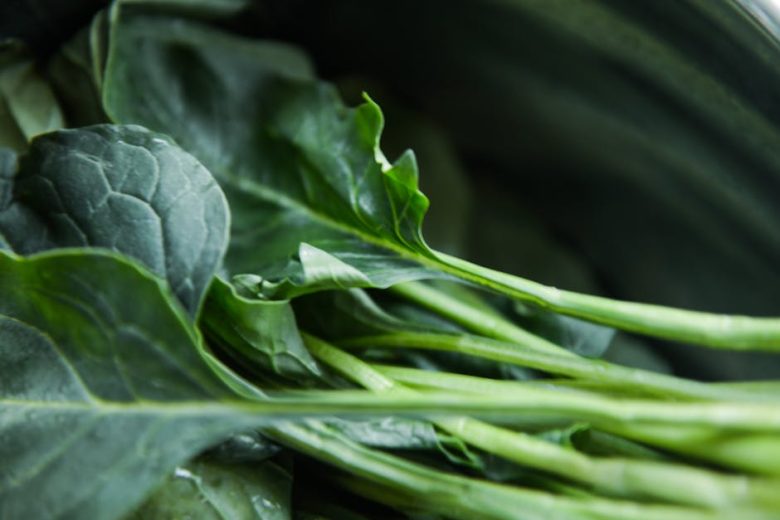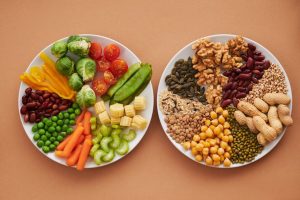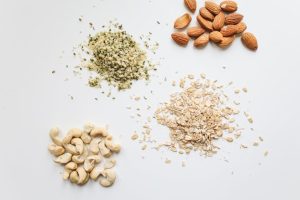As you sip from your favorite plastic water bottle or microwave your meal in a plastic container, have you ever paused to consider the implications of these everyday conveniences? While plastics have become integral to modern life, their presence in our daily routines often comes with hidden risks that can impact our health and the environment. It’s time to take a closer look at the unseen dangers lurking within these ubiquitous materials.
Plastic products are often marketed as safe and convenient, leading many to overlook the potential hazards associated with their use. From chemical leaching to environmental degradation, the consequences of plastic consumption are more significant than most people realize. This article aims to shed light on these dangers, empowering readers to make informed choices that prioritize their health and the planet’s future.
One of the most concerning aspects of plastic is the presence of harmful chemicals. Many plastics contain additives like bisphenol A (BPA) and phthalates, which can leach into food and beverages, especially when heated. Studies have linked these substances to a range of health issues, including hormonal imbalances, reproductive problems, and even certain cancers. The excitement of convenience comes at a cost, as we unknowingly expose ourselves to these toxic compounds in our everyday lives.
Moreover, the environmental impact of plastic is staggering. Millions of tons of plastic waste end up in landfills and oceans each year, contributing to pollution and posing a threat to wildlife. Marine animals often mistake plastic for food, leading to ingestion that can be fatal. The sight of a sea turtle entangled in plastic waste or a seabird feeding its chicks plastic pieces is a heartbreaking reminder of the consequences of our reliance on these materials. This visual tragedy evokes a deep concern for the future of our ecosystems and the creatures that inhabit them.
In addition to health and environmental risks, the economic implications of plastic pollution cannot be overlooked. The costs associated with cleaning up plastic waste and addressing its effects on wildlife and habitats are substantial. Governments and organizations are increasingly recognizing the need for sustainable alternatives, sparking innovation in biodegradable materials and recycling technologies. This shift offers a glimmer of hope, as communities come together to find solutions that promote a healthier planet.
While the dangers of plastics are real and concerning, there is a growing movement toward awareness and change. Individuals can take proactive steps to reduce their plastic consumption by opting for reusable containers, supporting brands committed to sustainable practices, and advocating for policy changes that prioritize environmental health. This sense of agency can evoke feelings of empowerment and hope, showing that collective action can lead to meaningful progress.
As we navigate our daily lives, it’s crucial to remain informed about the hidden dangers of everyday plastics. By understanding the health risks, environmental impact, and economic consequences associated with plastic use, we can make choices that benefit both ourselves and the planet. The journey toward a more sustainable future may be challenging, but with awareness and determination, we can turn the tide on plastic pollution and foster a healthier world for generations to come.



